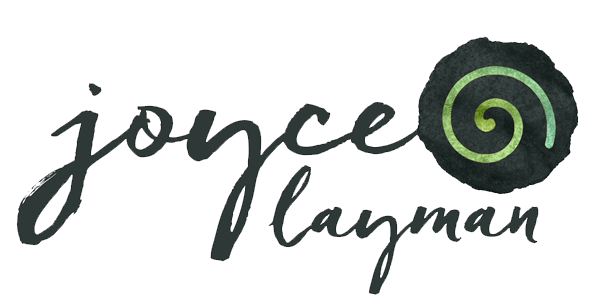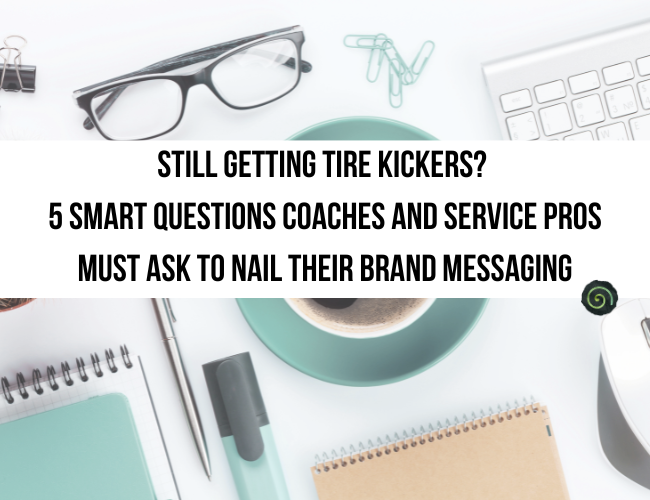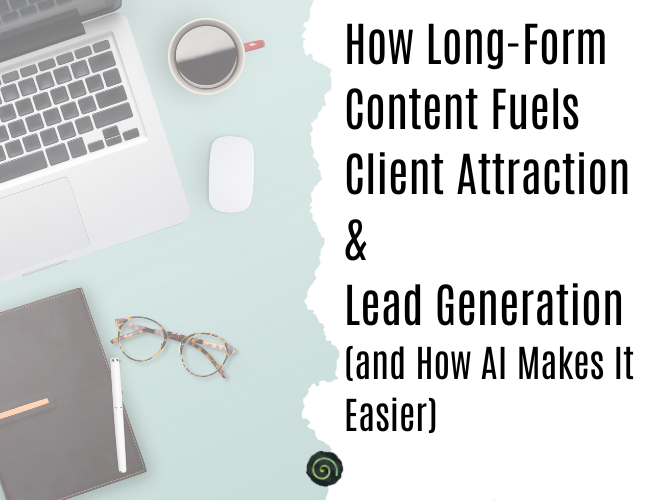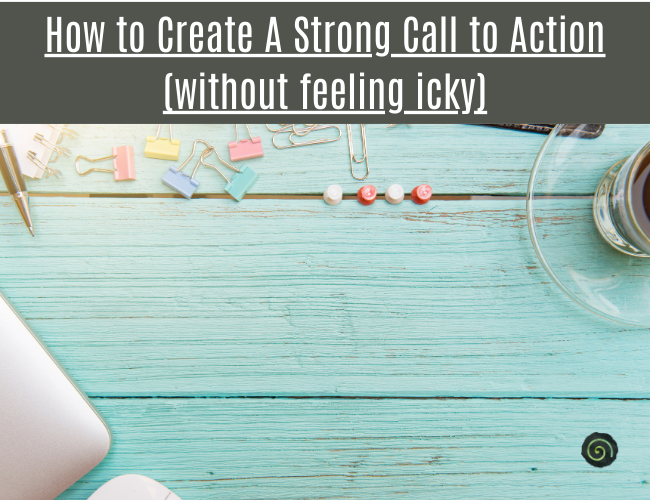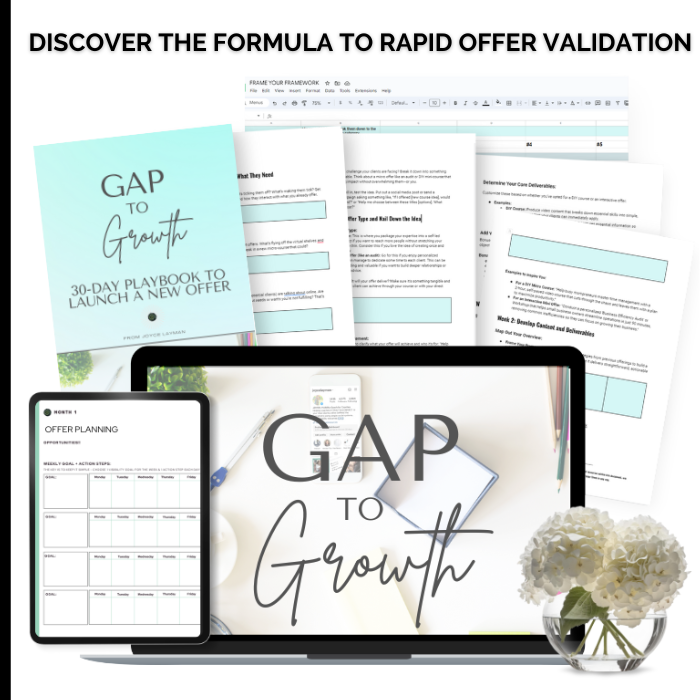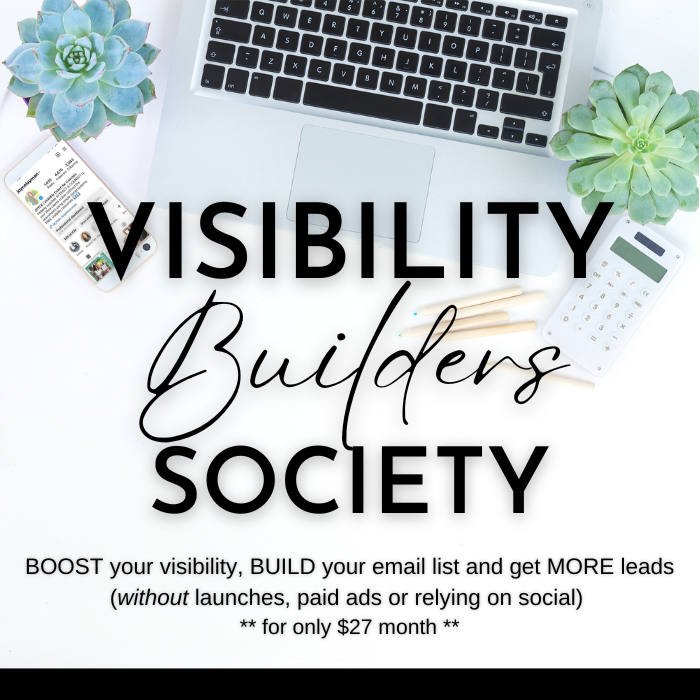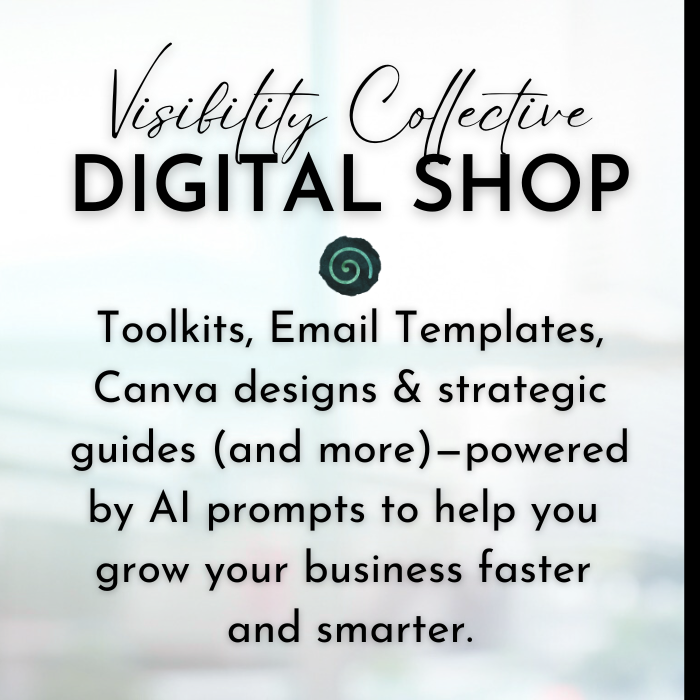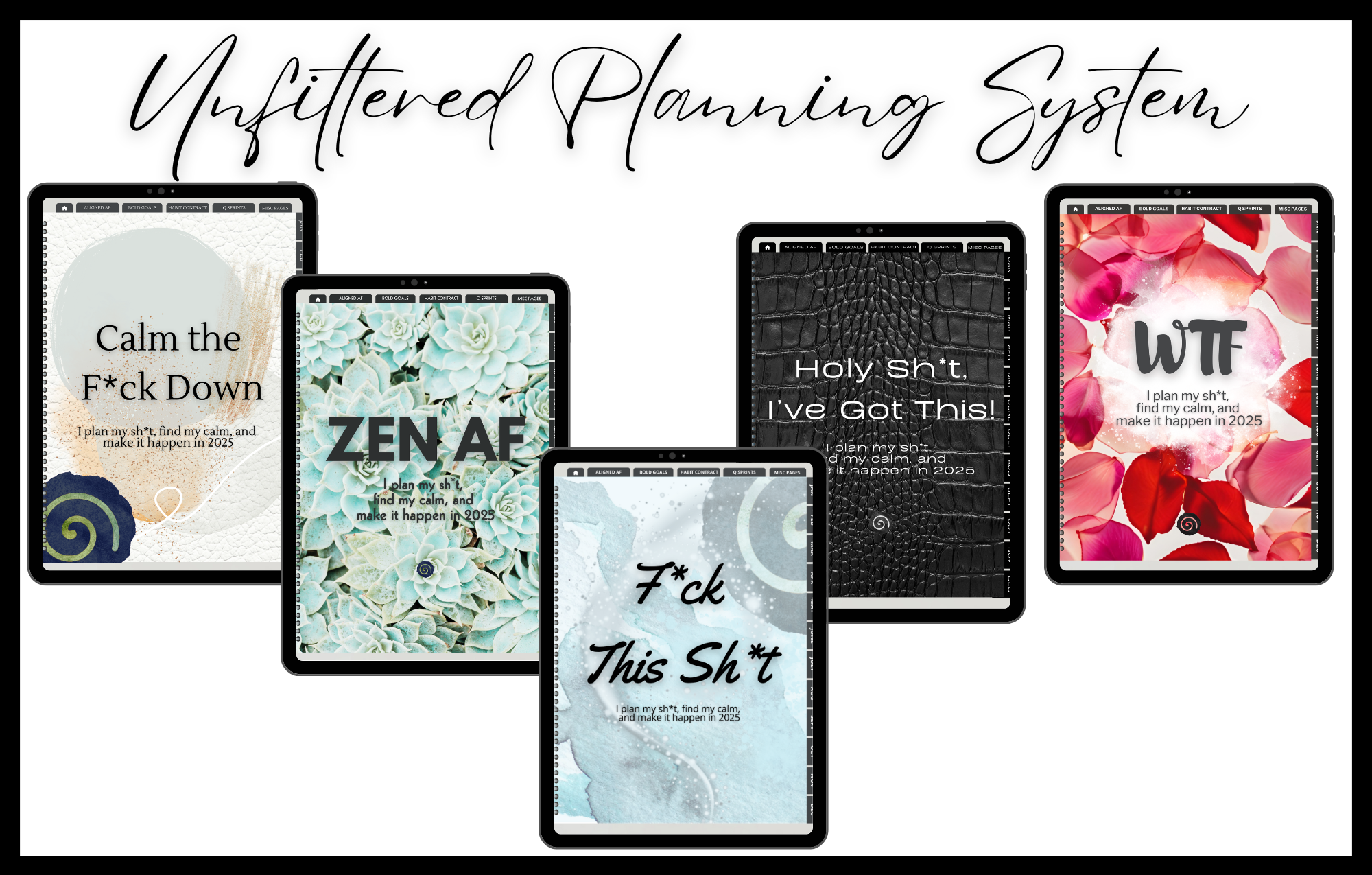If your DMs are full of “I’d love to pick your brain” instead of “Where can I book a call?” — we need to talk.
You’re showing up. You’re putting in the work. You’ve built offers, maybe even launched a freebie or started pitching yourself on podcasts. But your business isn’t moving the way you hoped. And worse? The people you do attract aren’t ideal clients — they’re browsers, not buyers.
Chances are, the issue isn’t your offer. It’s your brand messaging.
Back in 2020, I pivoted from speaking on stages and running corporate workshops to coaching online. At the time, my messaging focused almost exclusively on helping coaches with branding, websites, and social strategy. It worked… until it didn’t.
Because behind the scenes? My speaker clients were still reaching out. And I realized something big: my message was too narrow for the two distinct types of buyers I was actually serving. That shift forced me to revisit everything — my website, my content, even my LinkedIn bio. The lesson? You have to speak clearly to the right people, and that starts with asking the right questions.
Note: This blog builds on a YouTube video I created in 2022 — but marketing isn’t static.
Messaging evolves, and so should your approach. I’ve updated this post with fresh insights and examples from clients (and my own business) to reflect what’s working now for coaches and service-based business owners who want to attract clients online.
Let’s dig in.
✅ Who Is Your Audience?
If you’re unclear here, everything else falls flat.
You can have the prettiest sales page and the slickest email funnel, but if you don’t know who you’re really talking to — or you haven’t clearly defined your niche — you’ll end up speaking to no one. And that’s usually when the tire kickers show up.
☑️ Are they individuals or organizations?
☑️ Do they know they have a problem — or do they need education first?
☑️ Are they beginners looking for clarity or advanced looking for support?
Whether you’re a coach or a service-based business owner, this is where buyer personas or client avatars come in. And not just demographics like “30-year-old entrepreneur,” but psychographics — their values, beliefs, fears, and goals.
When I shifted my business model, I had to learn how to write for two audiences: coaching clients and decision-makers in companies booking me for keynotes. They are not the same — and they don’t respond to the same messaging.
If avatar creation makes you want to run for the hills, I’ve got you. The AI Dream Client Builder can do the heavy lifting.
Check it out here >>> DREAM CLIENT BUILDER
✅ Why Do They Need Your Offer Now?
This is where urgency comes in.
Too many people create a great offer… but forget to answer why now? So your dream client sees it, nods, and says, “This looks interesting — maybe later.”
But later doesn’t pay the bills.
Ask yourself:
☑️ What’s happening in their life, business, or career that makes this offer timely?
☑️ Are there industry trends, budget cycles, hiring seasons, or algorithm shifts that impact them?
☑️ Are they looking to launch something soon? Hit a revenue goal? Fix a leaky funnel?
In my own business, I know coaching clients often feel stuck right now because they are spending a ton of time on content creation with little to show for it. Likes and comments are great, but their email list is not growing with people who are interested in what they have to offer. Meanwhile, a speaking client may be booking a year out — but the decision is made today. Two very different timelines. And your messaging has to reflect that.
✅ How Do They Describe the Problem?
Let’s be honest — the way we think our clients talk isn’t always how they actually do.
If you say things like “uplevel your strategic visibility plan,” but your ideal client is Googling “how to get more leads without social media,” there’s a disconnect.
This is where the Perfect Fit Keyword Finder comes in. Because Instagram, LinkedIn, Pinterest, and Google all surface different content based on how people search. And if your language doesn’t match theirs, they won’t find you — let alone trust you.
☑️ Pay attention to what your dream clients say in emails, in comments, and during consult calls
☑️ Scroll through reviews and testimonials for your industry
☑️ Use polls or question boxes in stories to gather real-world phrasing
And once you have that gold? Use their words in your copy — not yours.
✅ What Do You Help Them Achieve?
This is where you shift from “here’s what I offer” to “here’s what changes.”
So many coaches and service pros get caught listing deliverables:
❌ 6 coaching calls
❌ 3 workbooks
❌ An intense audit that takes days
❌ Lifetime access to the portal
That’s not what your clients are buying.
They’re buying results. Relief. Clarity. Confidence. Ease.
☑️ Do you help them attract better-fit clients who are ready to commit?
☑️ Get featured on aligned podcasts or summits to grow their audience?
☑️ Feel more confident in their offers, goals, or daily habits?
☑️ Create routines that support their business, health, or mindset?
☑️ Find clarity on what’s next — instead of spinning in circles?
☑️ Free up time and energy so they’re not constantly burning out?
For one of my coaching clients, Toriel, this clarity unlocked a whole new income stream. She originally thought she’d only serve one-on-one clients. But when she was thinking about what she could offer coaching clients, she realized she could also support leadership teams in organizations and pitch consulting — all because she reframed how she described the results of her work.
The benefit of adding consulting is that companies have bigger budgets. It may be a longer sales process, but the potential payoff is bigger, too.
Your transformation might look different. Whether you’re helping someone get clear on their business model, build better boundaries, or take charge of their health — make sure it’s undeniably obvious what life looks like after working with you.
✅ How Do They Describe the Outcome?
You’ve nailed the “what you offer” piece — but how do your clients describe success?
Their words matter just as much here as when they describe the problem.
☑️ Are they saying “I feel like myself again”?
☑️ “I finally know what to focus on”?
☑️ “I’ve got my energy, clarity, or confidence back”?
Start collecting those exact phrases — they’re gold.
📌 Use them in testimonials and social proof.
📌 Sprinkle them through your website headlines and landing pages.
📌 Add them to your social media bios so people instantly “get” what you do.
📌 Include them in your version of a podcast one-sheet (we teach this inside The Society) so when you pitch yourself as a guest expert, it’s clear who you help and what results they can expect.
Whether someone finds you through a podcast, a bundle, a summit, or a reel — your messaging should immediately feel like you’re already inside their head. Because you’ve done the work to listen, learn, and reflect back the outcome they’re craving.
Ready to Put This Into Action?
If this post hit a nerve — and you’re realizing your own message might be sending mixed signals — you’re not alone.
Messaging isn’t a one-and-done. It evolves with your business, your audience, and your goals. That’s why inside The Society, we help you get crystal clear on what to say, how to say it, and how to build a sustainable marketing plan that attracts the right clients — whether you’re coaching or consulting.
And if you prefer to DIY it? Start with the AI Dream Client Builder or the Perfect Fit Keyword Finder inside my digital shop. They’re designed to take the guesswork out of content and client clarity.
Because you don’t need more noise. You need a message that converts.
